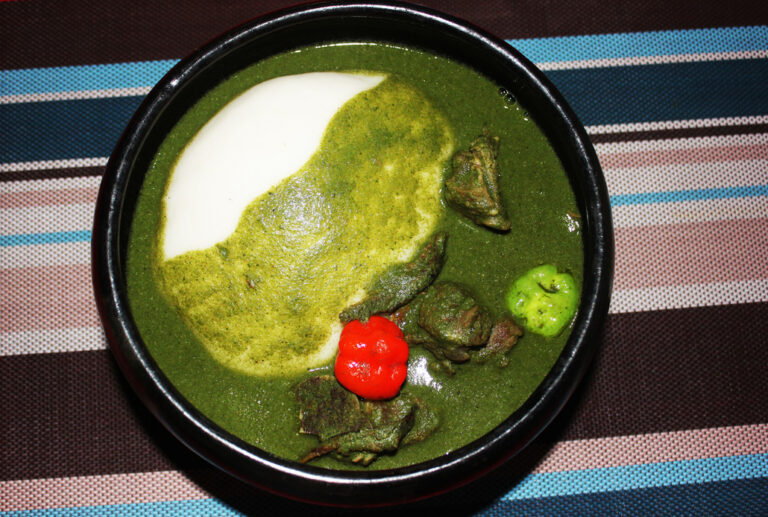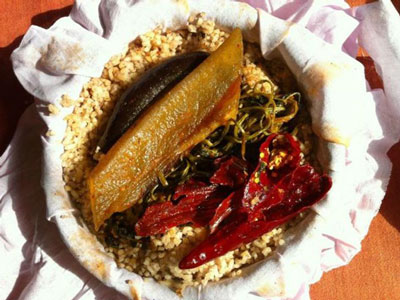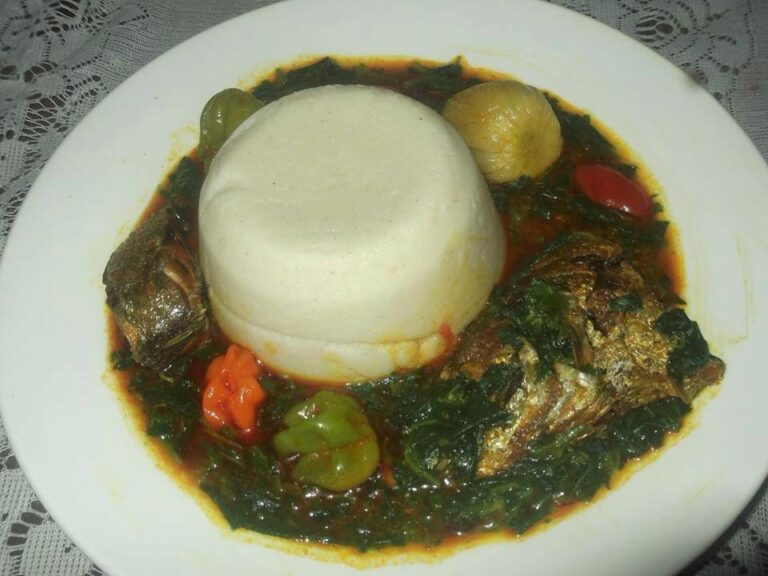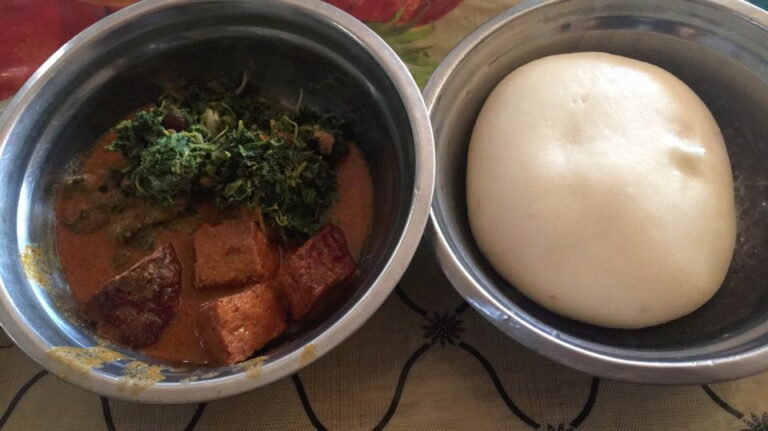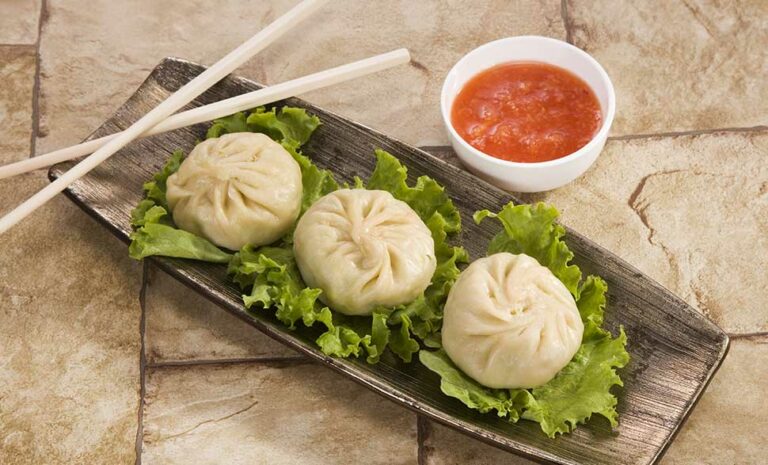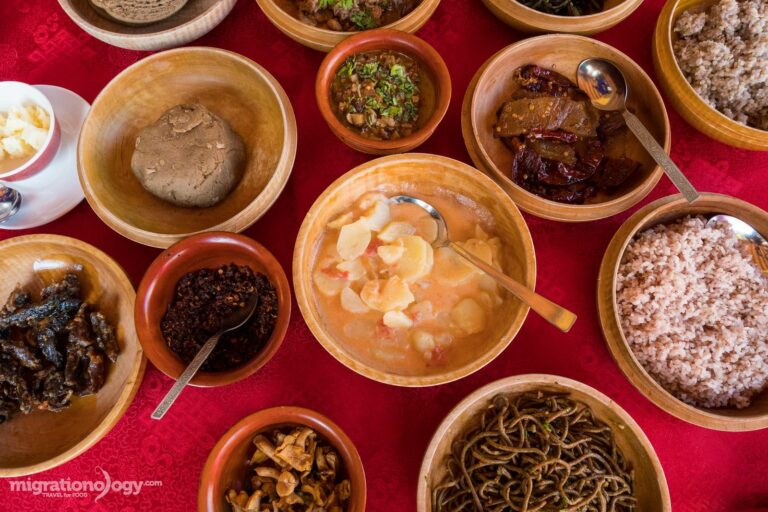Introduction to Beninese Cuisine
Beninese cuisine is the cuisine of Benin, a country in West Africa. The cuisine of Benin is known for its rich and diverse flavors, which are influenced by its history, geography, and culture. Benin is a country that is rich in agricultural resources, and this is reflected in its cuisine, which is based on fresh and locally grown ingredients such as cassava, yams, plantains, and beans.
Influences on Beninese Cuisine
The cuisine of Benin has been influenced by a variety of cultures over the centuries. The most significant influences on Beninese cuisine come from the West African and French cultures. The West African influence is seen in the use of ingredients like cassava and yams, which are staples in many West African countries. The French influence is seen in the use of bread, cheese, and wine in some dishes. Other influences include Portuguese, Brazilian, and Indian.
Staple Foods in Beninese Diet
The staple foods in the Beninese diet include cassava, yams, plantains, and beans. These foods are used to make a range of dishes, including stews, soups, and porridges. Rice is also a staple food in Benin and is often served with stews and other dishes. Fonio, a type of African grain, is also a popular staple food in Benin.
Spices and Flavors in Beninese Cuisine
Beninese cuisine is known for its bold and spicy flavors. Common spices used in Beninese cuisine include ginger, garlic, hot peppers, and thyme. Other flavors commonly used in Beninese cuisine include palm oil, peanut butter, and tomatoes. These spices and flavors are used to add depth and complexity to the dishes.
Regional Variations in Beninese Cuisine
Benin is a diverse country, and the cuisine reflects this diversity. There are many regional variations in Beninese cuisine, each with its own unique flavors and ingredients. In the north of the country, dishes are often made with millet, sorghum, and beans, while in the south, dishes are often made with cassava, yams, and fish.
Popular Beninese Dishes
Some popular Beninese dishes include akara (bean cakes), gari foto (cassava flour with vegetables), and poulet yassa (marinated chicken with onions and lemons). Other popular dishes include grilled fish, mafe (peanut butter stew), and fufu (a starchy, doughy dish often served with soup or stew).
Vegetarian and Vegan Options in Beninese Cuisine
Beninese cuisine has many vegetarian and vegan options. Many dishes are based on plantains, cassava, and yams, and these can be prepared in a variety of ways. Some popular vegetarian and vegan options include gari foto (cassava flour with vegetables), atassi (okra stew), and foutou (plantain dough).
Beninese Drinks and Desserts
In Benin, palm wine is a popular alcoholic beverage made from the sap of palm trees. Other popular drinks include ginger beer and hibiscus tea. Desserts in Benin are often made with fruits such as mangoes, bananas, and pineapples. Some popular desserts include akassa (a type of cornbread), coconut candies, and fruit sorbets.

